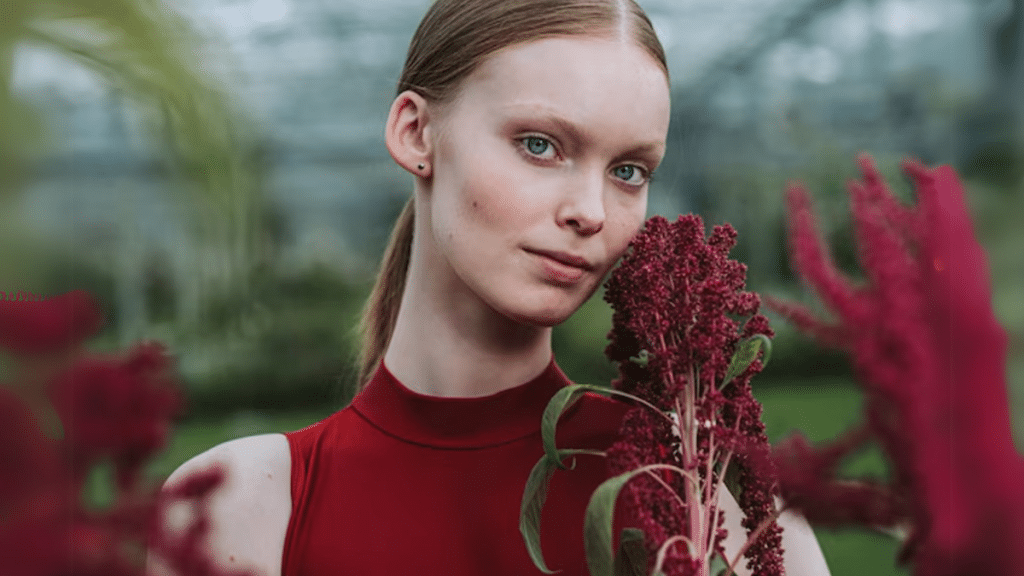Ever looked at a picture and thought, “That’s not really me”? We’ve all been there. The smoothed skin looks plastic, the eyes unnaturally bright, and something just feels off. The challenge lies in enhancing images while preserving their genuine essence.
Finding this balance can be tricky, but resources like retouchme.com/ offer solutions that help maintain authenticity while improving visual appeal. The art of subtle enhancement focuses on amplifying natural features rather than creating artificial versions of reality.
The Subtle Art of Natural Enhancement
The most convincing adjustments often go unnoticed. Think about professional portraits you’ve admired – they look fantastic but not fake. This balance comes from understanding restraint.
Consider these principles when enhancing any image:
- Apply the “squint test” before finalizing any changes – squint at both versions of your image from a distance. If the differences jump out dramatically, you’ve likely gone too far with your adjustments.
- Work with selective adjustments rather than global changes whenever possible – fixing specific areas preserves variation and texture that make images feel genuine.
- Use adjustment layers or non-destructive techniques that allow you to dial back intensity after seeing the cumulative effect of multiple changes.
- Step away from your screen periodically during the process – returning with fresh eyes often reveals excessive modifications you didn’t notice while working closely.
- Compare your final version against the original at various zoom levels to ensure you haven’t lost important details or texture.
These approaches help maintain a connection to reality while still enhancing visual appeal. The goal isn’t perfection but rather the best version of what’s already there.

Common Pitfalls That Destroy Authenticity
Watch out for these telltale signs of excessive manipulation:
- Completely smooth skin without any texture, pores, or natural variation – real skin always has some texture visible at certain distances and lighting conditions.
- Eyes with unnaturally perfect whites or irises that appear artificially brightened beyond what occurs naturally.
- Teeth whitened to the point of appearing blue-white rather than maintaining natural ivory tones.
- Overly thinned facial features or body parts that create anatomically impossible proportions.
- Background elements that appear blurred or warped because of adjustments made to the subject without proper masking.
- Hair that looks painted rather than consisting of individual strands, often resulting from heavy-handed smoothing tools.
These issues immediately signal to viewers that significant manipulation has occurred. Avoiding these problems helps maintain credibility in your enhanced images. The RetouchMe approach emphasizes maintaining natural elements while still improving overall appearance.

Finding Your Personal Enhancement Philosophy
Everyone has different comfort levels with image enhancement. Some prefer minimal adjustments while others embrace more significant changes. Developing your personal philosophy helps guide consistent decisions.
Consider these questions to establish your boundaries:
- What specific elements would you always want preserved in images of yourself – perhaps freckles, expression lines, or other distinctive features that represent your identity?
- Which adjustments feel acceptable to you versus which ones cross into misrepresentation – temporary fixes like removing a blemish might feel different than restructuring facial proportions.
- How would you feel showing both the original and enhanced version to someone who knows you well – would they still recognize the authentic you?
- What message does your enhancement approach send about acceptance and representation – consider how your choices might influence others’ perceptions of reality.
- Which improvements genuinely enhance communication versus which ones primarily serve vanity or insecurity – focusing on the former often leads to more authentic results.
Your answers form a framework for making consistent decisions about enhancement. This personal standard helps navigate the endless possibilities of image manipulation tools.

Technical skill matters in creating natural-looking enhancements, but philosophical boundaries matter more. The most sophisticated techniques still produce artificial results if applied without restraint or consideration for authenticity.
The goal isn’t avoiding enhancement altogether – it’s using these tools thoughtfully. Subtle improvements can actually enhance communication by removing distractions without creating new ones through obvious manipulation.
Remember that perfect isn’t always better. Sometimes imperfections make images more relatable, memorable, and genuine. The best enhancements amplify what’s already there rather than replacing it with an idealized version that exists nowhere in reality.

